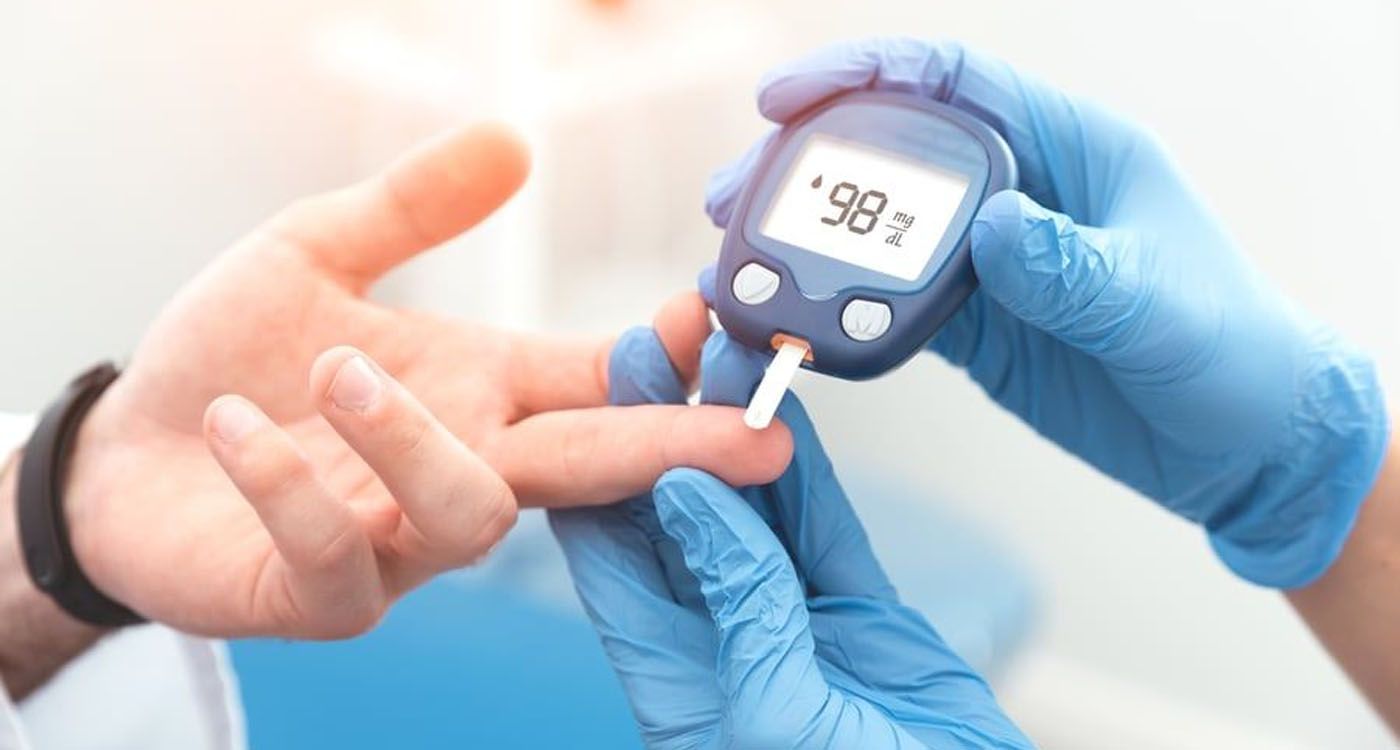
On the occasion of World Diabetes Day, This is Beirut has set aside its chocolate bar to focus—sugar-free—on a chronic disease that is spreading fast, affects all ages, and becomes extremely costly when screening, follow-up, and access to care are delayed.
The massive presence of a silent disease
Diabetes is no longer a diffuse threat: it is a massive reality. Around the world, about 589 million people currently live with diabetes, including nearly 85 million in the Middle East and North Africa (MENA) region; by 2050, the region could have 163 million. In Lebanon, the International Diabetes Federation (IDF) estimates adult prevalence at 12.3% in 2024, or nearly 440,000 people.
The context of World Diabetes Day
World Diabetes Day is celebrated every November 14, the birthday of Frederick Banting, co-discoverer of insulin. Launched by the International Diabetes Federation and the WHO in 1991, it became an official UN day in 2006.
What “diabetes” means
Diabetes occurs when the pancreas does not produce enough insulin or when the body uses it poorly. Type 1 corresponds to an almost complete lack of insulin production, often appearing in childhood or early adulthood. Type 2, by far the most common, results from insulin resistance followed by the exhaustion of secretion, often associated with overweight and sedentary lifestyle. High blood sugar identified for the first time during pregnancy defines gestational diabetes. Without treatment, damage accumulates in the eyes, kidneys, nerves, heart, and even in the lower limbs.
The clinical explanation, clearly stated
“In type 2, the body gradually becomes resistant to insulin. The pancreas compensates, then wears out. Sugar circulates at toxic levels, silently damaging vessels and nerves. It’s slow, deceptive, and that’s why regular screening after age 40 — earlier in cases of family history, overweight, hypertension, or dyslipidemia — changes the course of a life. The earlier we act, the fewer complications we pay for,” explains Dr. Selim Jambart, endocrinologist at Hôtel-Dieu de France.
A patient, a delay, a bill
“I’m 52. No symptoms… until blurred vision and tingling appeared. My HbA1c was 9.2%. I learned how to compose my plate, I walk every day, I take my medication: three months later, 7.1%. If I had done the blood test a year earlier, I would have avoided some scares — and some costs,” says Joseph K., 52.
What the numbers say in Lebanon
A large national survey found nearly 8% of diagnosed diabetes and about 4% undiagnosed cases, with a sharp rise beyond 36% after age 50. Complications were frequent: nearly a quarter of affected patients, with retinopathy in the lead, followed by coronary diseases, peripheral arterial diseases and foot ulcers. Twelve percent of patients reported a hypoglycemia episode requiring medical care during the past year, and just over three-quarters regularly performed an HbA1c. The message is clear: each month gained in screening and therapeutic adjustment spares complications — and budgets.
Thirty years of therapeutic progress
Three decades ago, treatment relied mainly on lifestyle, metformin, sulfonylureas, and, when needed, insulin, with more basic self-monitoring and uneven therapeutic education. Today, the range is broader and more protective: GLP-1 analogues that lower HbA1c and promote weight loss, SGLT2 inhibitors that protect the heart and kidneys, modern insulins that are more predictable, continuous glucose monitors that make curves visible daily, better-structured education programs, and telemonitoring. The science exists; in Lebanon, the challenge is access — availability, costs, reimbursements — without which delays turn into complications.
Living better: diet and movement
Physiology has its rules: regular meals rich in vegetables, legumes, whole grains and lean proteins; controlled portions; true restraint with fast sugars (sweet drinks, juices, pastries); and 150 minutes of weekly activity, combined with muscle strengthening. This foundation remains the first line of defense, whatever the treatment.
New treatments, new misuses
The success of GLP-1 agonists in type 2 diabetes — and, for some, in obesity — has encouraged off-label use for weight loss. Demand is booming, supply tensions follow, to the detriment of patients with real medical indications. The clinical message remains: no self-medication, documented indication and close monitoring to adjust doses and manage digestive effects.
Why this day still matters
World Diabetes Day is not a symbolic ritual. It is a useful reminder of prevention and care policies consistent with the realities of health systems, and of equitable access to the tools that prevent the “bill” of delays. Diabetes never presents the bill at the counter: it quietly slips it under the table, line by line, as appointments are postponed, tests are delayed and prescriptions are left empty. The only way to pay less is to arrive early — for the blood test, for habits, for treatment. Everything else, sooner or later, is paid at a high price.


Comments